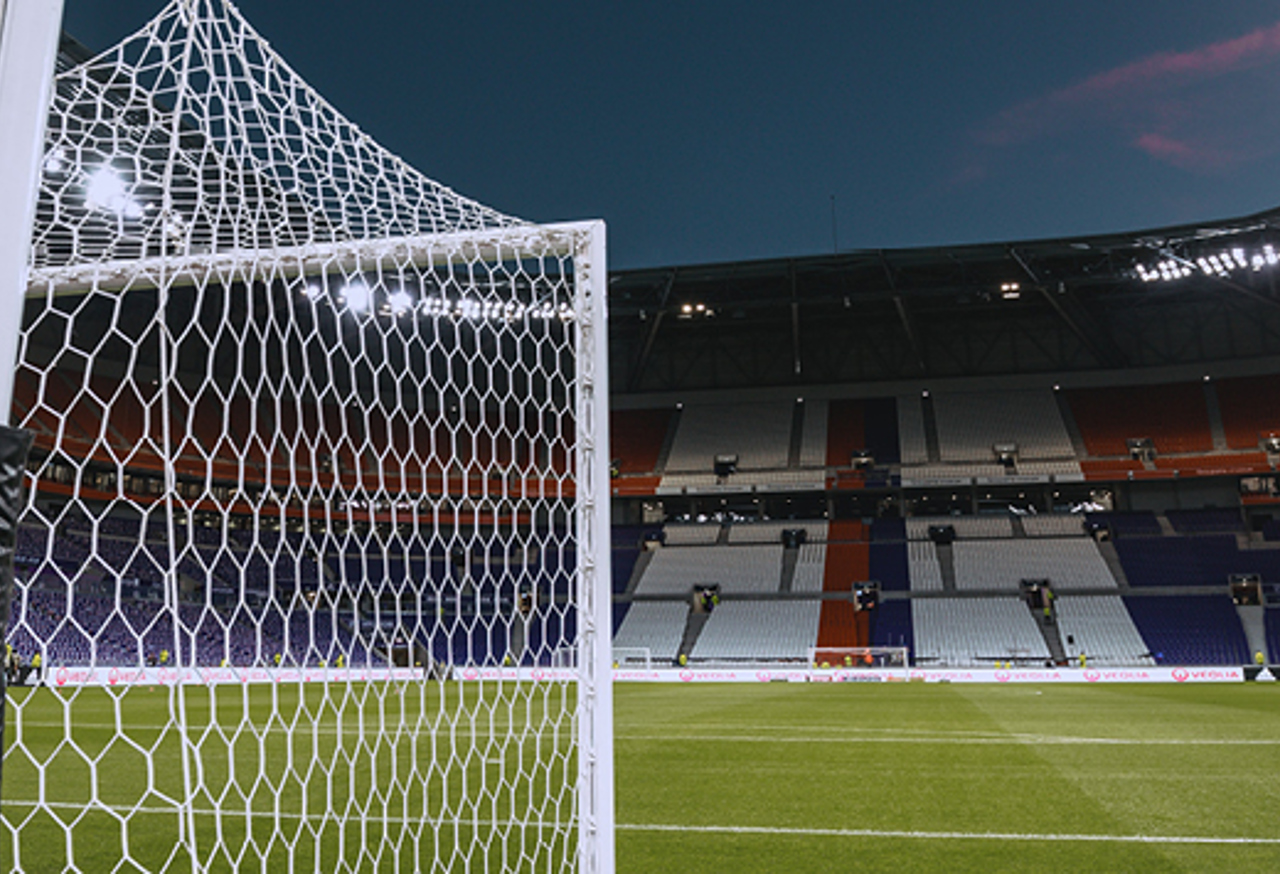Insights
Expert analysis and innovative thinking on the big issues in sports.
Sign up to receive our latest insights
Subscribe to LCP emailsExplore more sports insights
Get in touch
If you would like to know more about our services and how we can help you with sports insight and analytics.





